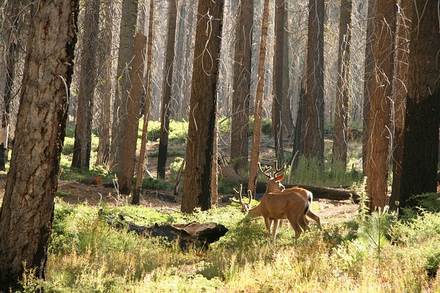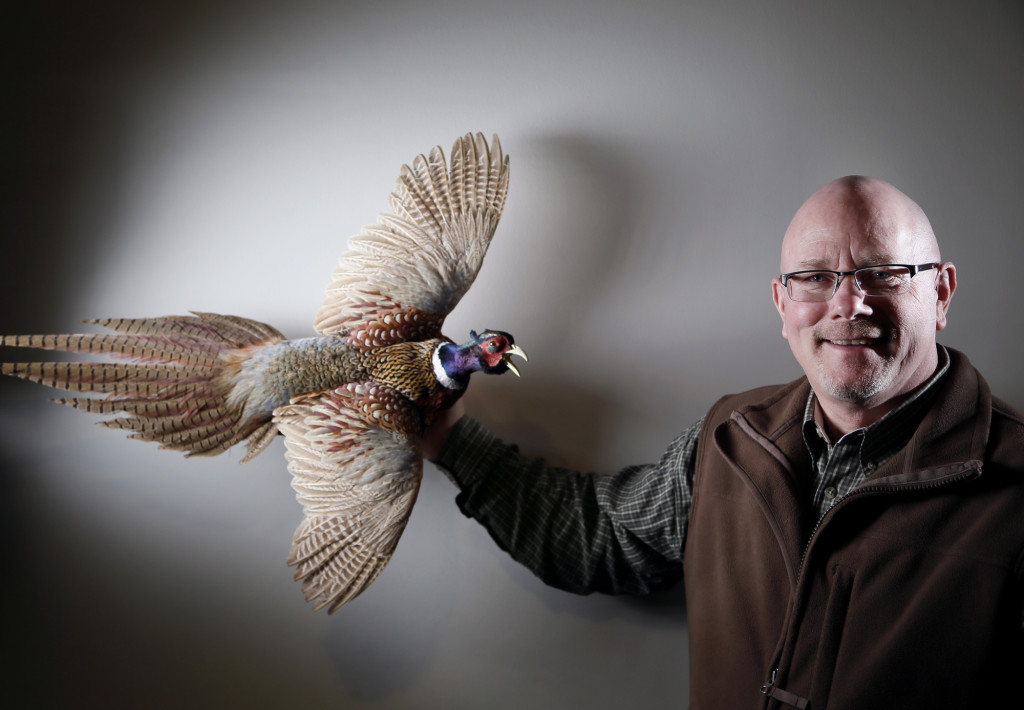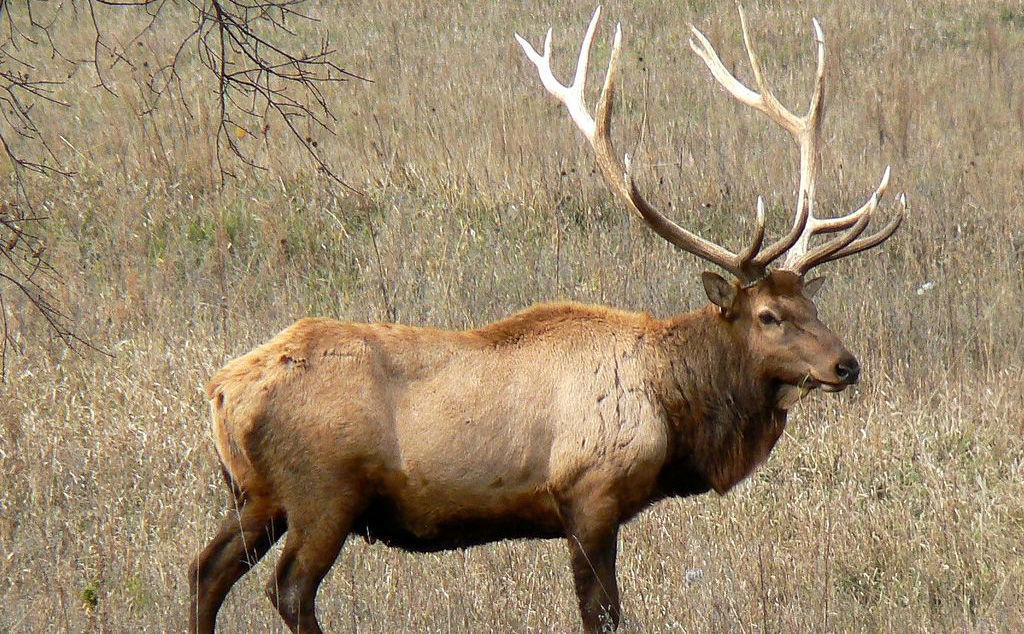In an effort to ensure that the elk in the Montana Fish, Wildlife and Parks region 5 area are safe, the Montana FWP caught and tested a total of 93 elk for brucellosis. This project took place during the period of January 30, 2015 to February 3, 2015. The results of the testing were released on February 19, 2015 by Montana Fish, Wildlife and Parks.
Just over half of the elk that were tested were in the Mill Creek area tested positive for brucellosis. About twice as many elk were tested in North Absaroka area, in a location between Main Boulder River and Mission Creek. Of these, only two of the animals tested positive. Between the two groups, all 18 animals out of the 93 that were tested were fitted with transmitter collars so they can be tracked.
This better helps researchers understand where the elk move so they can get a better idea of what steps can be taken, if any, to help halt the risk of the contamination of livestock. Though the number of infected animals in the whole representative group of elk that were tested is only just a little over five percent, the elk in the Paradise Valley area that were tested showed over 50 percent infection rates, which is a legitimate reason for concern.
Additional to the testing, pregnant females were injected with devices that will let biologists know if they have given birth, if the calves are stillborn and where the elk drop their calves.
According to the Centers for Disease Control (CDC), brucellosis is a bacterial caused infectious disease and it is contagious. It can infect many mammals, including dogs, deer, sheep, cattle, pigs, goats and elk. Man can contract the disease by having contact with animals that have the disease or by consuming products that come from infected animals, such as the meat. Probably the most common cause of transmission to people is the consumption of under-cooked meat, though this isn’t the only way Brucellosis can be transmitted. For example, a person can also get brucellosis by drinking unpasteurized milk from a diseased cow or goat.
This is one reason elk meat should always be cooked properly and well done enough to kill the brucellosis bacteria that might be present. However, even with proper cooking, elk hunters are at risk from simply handling a carcass, cleaning it, skinning the elk, and cutting the raw meat prior to freezing or cooking it. Thankfully, there are periods of time when the disease is most contagious and these don’t normally coincide with elk season. Even with this fact, there is little to stop the transmission of the brucellosis disease to other animals, including commonly eaten livestock. The more animals that become infected, the greater the risk is of human infection.
People don’t often die from a brucellosis infection and it is treatable, but the treatment can take considerable amounts of time and in severe cases, can be debilitating and painful.
The brucellosis study has been and is being funded by the Montana Fish, Wildlife and Parks, with aid from a grant the Animal and Plant Health Inspection Service (APHIS), part of the US Department of Agriculture.
Picture by skeeze




